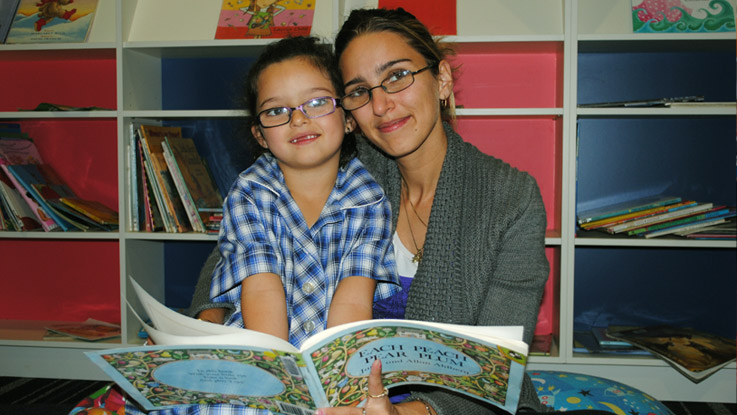
Investing in kids’ potential should be nation’s goal
Investing in kids’ potential should be nation’s goal
My generation was fortunate enough to live in Australia at a time of unprecedented growth and rising living standards. The middle class was granted almost total freedom of opportunity. We would do better than our parents and our children would do better than us. This was the natural social order.
Making a podcast called Breaking Poverty for PodcastOne Australia, it was apparent to me how we expected this rising tide to lift all boats. The 1980s was an age of optimism. Prime Minister Bob Hawke promised there would be no child living in poverty by 1990 as the fruits of economic reform and prosperity were equally shared. This promise was not fulfilled and many others like it have been broken since.
Today, in a recession in the wake of the COVID-19 pandemic, we should regret the missed opportunities to break child poverty in the good times. One in six Australian children now lives in poverty. Many more are at risk in this downturn which always hits young people disproportionately hard. The situation is much worse in our indigenous communities and in some geographic areas of the country. This is not just a national shame but will act as a brake on our economic performance in a changing global marketplace post-COVID-19.
Australia’s economy is changing in response to global trends. New industries are rising and old ones are being re-shaped. We already face a skills shortage. In 2021, we may have to use targeted immigration to fill new jobs that should be going to Australian workers, if they had the appropriate skills.
The Hawke/Keating governments did fail to eradicate child poverty but during their years in office, 1983-96, the number of children finishing Year 12 did rise from 45 per cent to 75 per cent. This coincided with an era of prosperity and optimism. Today tertiary education, or an equivalent VET qualification, for all who want it, must be the national goal. It’s time for government to invest in higher education and vocational skills as never before. They might consider scrapping HECS debts that burden graduates and reduce their spending power. Or even return to the free higher education that my generation enjoyed. It’s time for inclusive and bold policy to build the knowledge economy.
However, government cannot fund this investment alone, nor can it inspire or compel individuals to grasp opportunities. In Breaking Poverty, I was privileged to meet young people who see higher education as a means of transforming their lives and their communities. I met single parents who sacrifice their own comforts to ensure their kids get to school like every other family. They wanted me to know that every parent has the same aspiration for their children. COVID-19 has placed extra strain on learning but this cohort has long understood how to cope in trying times. Child sponsorship, like the Smith Family’s Learning for Life program has made a crucial difference to the outcomes for these families.
I came away from this production with a clear understanding between poverty and our performance as a nation. The coronavirus has shown us that none of us can feel safe until we are all safe. It’s the same with education. Our future economic security depends on investing in every individual’s potential.
Adam Shand is a Walkley Award winning journalist and host of the Breaking Poverty podcast.
Originally published by The Australian Thursday 11 February 2021Media contacts:
Andrew Dickson | National Media Manager (National) - 0421 285 529 | andrew.dickson@thesmithfamily.com.au
Carla Horton | Senior Media Advisor (QLD & WA) - 0423 618 776 | carla.horton@thesmithfamily.com.au
Reid Jermyn | Media Advisor (VIC, SA & NT) - 0412 803 566 | reid.jermyn@thesmithfamily.com.au
Ben Chenoweth | Senior Media Advisor (NSW, ACT & TAS) - 0413 346 934 | ben.chenoweth@thesmithfamily.com.au
The Smith Family is a national children’s education charity that helps young Australians experiencing disadvantage to create better futures for themselves through harnessing the power of education. We partner with around 800 Australian schools and work with over 186,000 children and young people experiencing disadvantage access our education support programs to help them overcome. For more information, visit thesmithfamily.com.au
